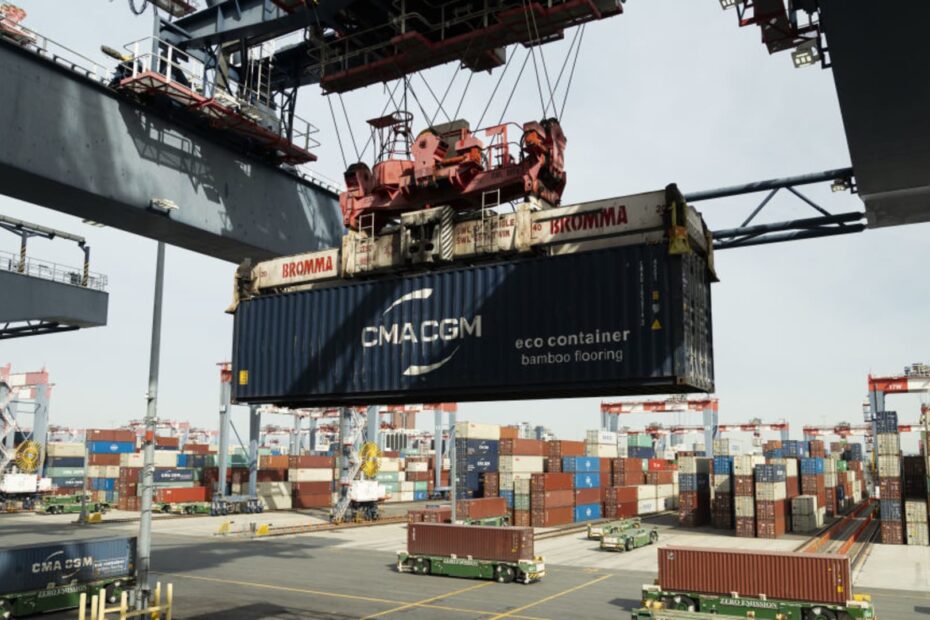The International Longshoremen’s Association (ILA) and the United States Maritime Alliance (USMX) have had a long-standing relationship when it comes to negotiating labor agreements for the nation’s ports. However, in recent years, the rise of automation in the shipping industry has presented a major hurdle for both parties.
Automation in the shipping industry involves the use of technology such as robotics, artificial intelligence, and autonomous vehicles to streamline operations and increase efficiency. While this can lead to cost savings and improved productivity for companies, it also has the potential to displace workers and reduce the need for human labor.
For the ILA, which represents dockworkers and other maritime employees, the increasing adoption of automation poses a threat to their job security. As more ports and terminals implement automated systems, the demand for manual labor decreases, leading to potential job losses for ILA members.
On the other hand, the USMX, which represents shipping companies and port operators, sees automation as a necessary step to remain competitive in the global market. With other countries investing heavily in automated technologies, USMX argues that the US cannot afford to fall behind in terms of efficiency and cost-effectiveness.
The clash between the ILA and USMX over automation has led to tense negotiations and labor disputes in recent years. The ILA has pushed for protections for its members in the face of automation, such as job guarantees, training programs, and retraining opportunities. However, USMX has been reluctant to make concessions that could hinder their ability to adopt automation and stay competitive.
As the shipping industry continues to evolve with the increasing use of automation, finding a compromise between the ILA and USMX will be crucial for the future of labor relations in the maritime sector. Both parties will need to work together to address the challenges posed by automation while ensuring the well-being and job security of ILA members.
In conclusion, the rise of automation in the shipping industry has become a major hurdle for the ILA union and USMX. Finding a balance between technological advancements and the needs of workers will be essential for maintaining a harmonious and productive relationship between the two parties in the years to come.
